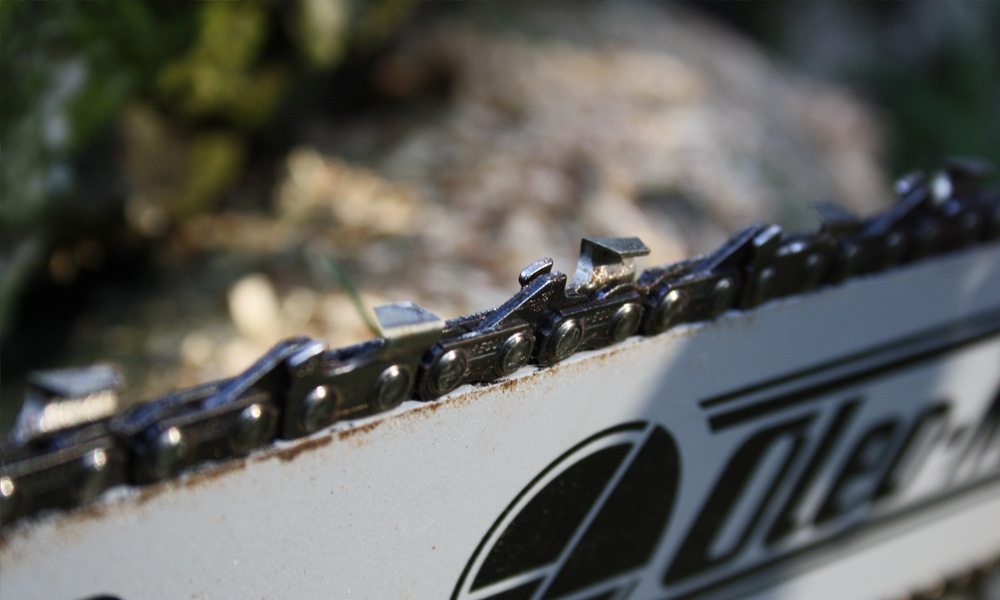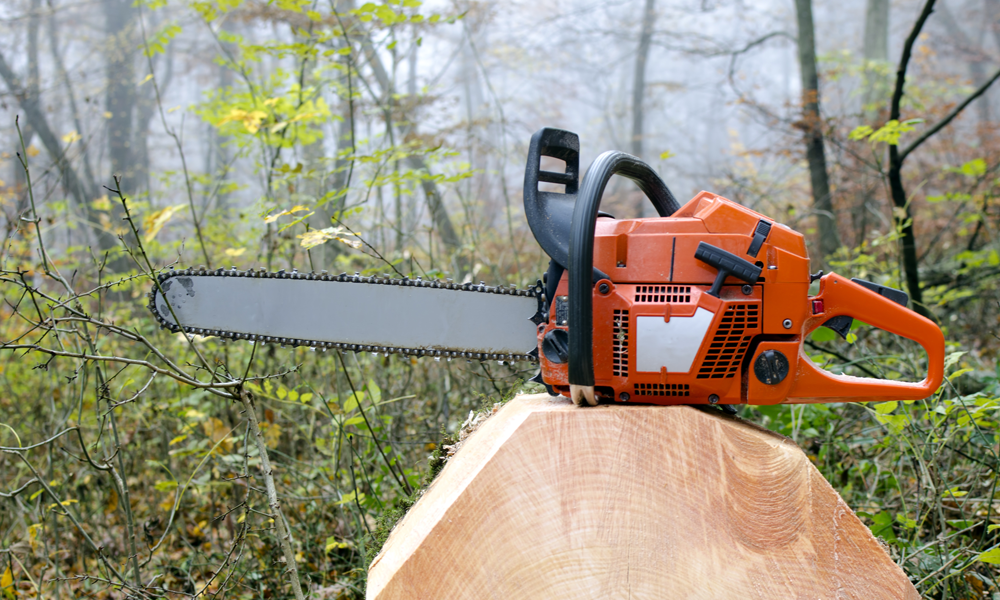What is a Chain Gauge? Understanding Chainsaw Chain Measurements
Chain Gauge Demystified: Your Guide to Chainsaw Chain Measurements
When it comes to chainsaws, one essential factor often overlooked is the chain gauge. Understanding what a chain gauge is and how it affects your chainsaw’s performance is crucial for choosing the right chain and maintaining optimal cutting efficiency. This article will cover the basics of chain gauge, its importance, how to measure it, and some frequently asked questions.
What is Chain Gauge?
Chain gauge refers to the thickness of the drive links on a chainsaw chain. Drive links are the chain parts that fit into the guide bar’s groove, connecting the chain to the bar and allowing it to rotate smoothly. Chain gauge is essential because it directly affects the chain’s fit on the guide bar and overall cutting efficiency.
Why is Chain Gauge Important?
Chain gauge is crucial for several reasons:
- Proper fit: A chain with the correct gauge will fit snugly into the guide bar’s groove, ensuring smooth rotation and reducing the risk of chain derailment.
- Cutting efficiency: A chain with an appropriate gauge will cut efficiently and produce clean cuts, reducing the chances of kickback and other safety hazards.
- Compatibility: Different chainsaws require chains with specific gauges. Using a chain with the incorrect gauge may damage your chainsaw or reduce its performance.
How to Measure Chain Gauge
To measure chain gauge, you’ll need a pair of calipers or a chain gauge measurement tool. Follow these steps:
- Remove the chain from your chainsaw.
- Select a drive link to measure.
- Use the calipers or measurement tool to measure the thickness of the drive link (the part that fits into the guide bar groove).
- Compare the measurement to the manufacturer’s specifications to ensure you have the correct gauge.
Common Chain Gauge Sizes
There are several common chain gauge sizes:
- 0.043 inches (1.1 mm)
- 0.050 inches (1.3 mm)
- 0.058 inches (1.5 mm)
- 0.063 inches (1.6 mm)
Always consult your chainsaw’s owner’s manual or the chain manufacturer’s recommendations to determine the correct gauge for your specific chainsaw model.
Frequently Asked Questions (FAQs)
Can I use a chain with a different gauge on my chainsaw?
Using a chain with a different gauge than specified by your chainsaw manufacturer is not recommended. Doing so may result in poor cutting performance, increased safety risks, and potential damage to your chainsaw.
How do I know if my chain gauge is worn out?
Signs of a worn-out chain gauge include difficulty cutting, excessive vibration, and the chain slipping off the guide bar. If you suspect your chain gauge is worn, check your chainsaw chain for wear and replace it if necessary.
Where can I find my chainsaw’s recommended chain gauge?
Your chainsaw’s owner’s manual should provide the recommended chain gauge. You can also look for this information on the chainsaw’s guide bar or contact the manufacturer for assistance.
Chain Gauge and Chainsaw Safety
Using a chainsaw with the correct chain gauge is not only essential for optimal performance but also for safety. A well-fitting chain will reduce the risk of kickback and other potential hazards. Always follow the chainsaw safety tips and guidelines to ensure a safe and efficient cutting experience.
Conclusion
In conclusion, understanding chain gauge is essential to chainsaw maintenance and operation. By knowing the correct chain gauge for your chainsaw, you can ensure optimal equipment performance, safety, and longevity. This knowledge is especially crucial for those using professional chainsaws, as these tools often require more precise specifications for proper functioning. Always consult your chainsaw’s user manual and follow the manufacturer’s guidelines when selecting a replacement chain to ensure the best possible performance and safety.

